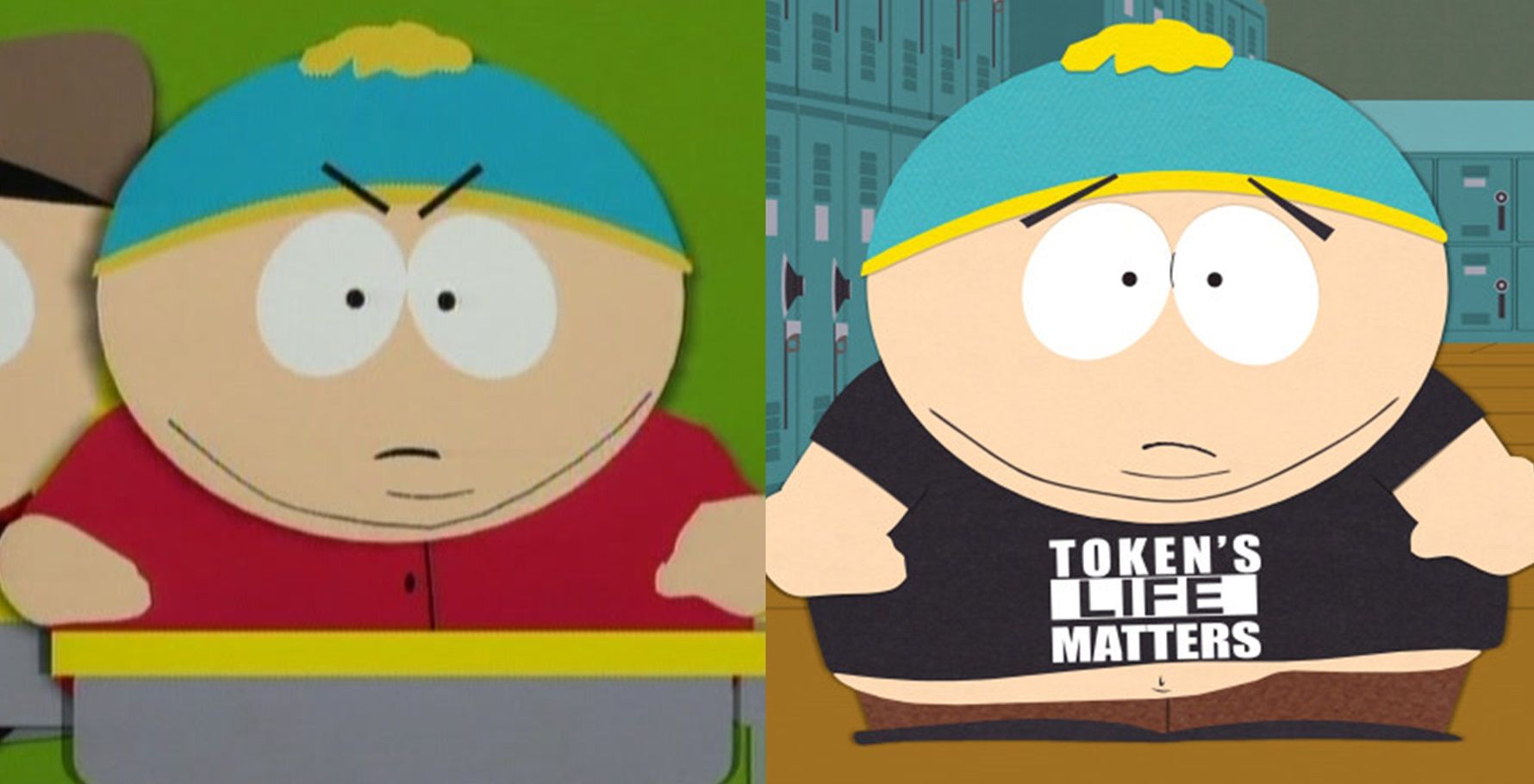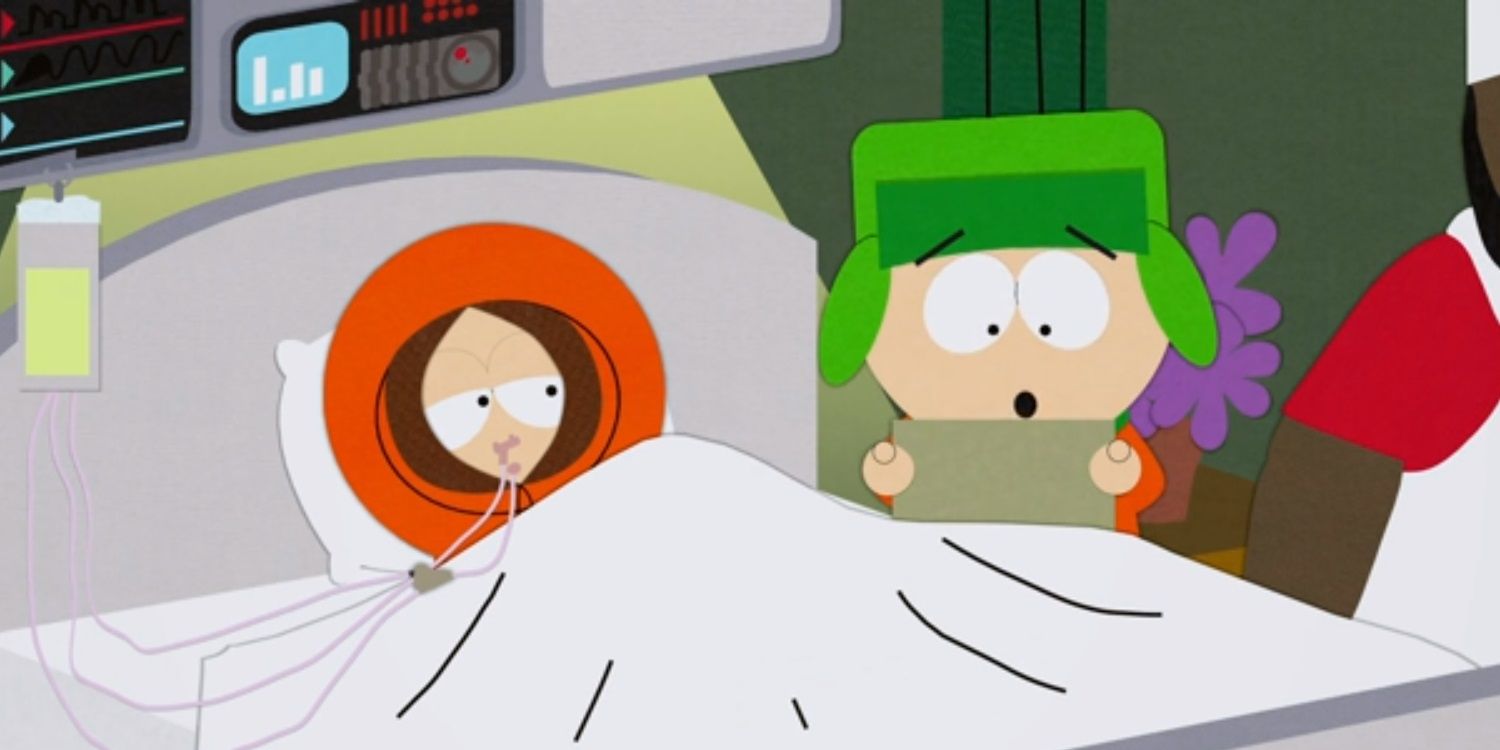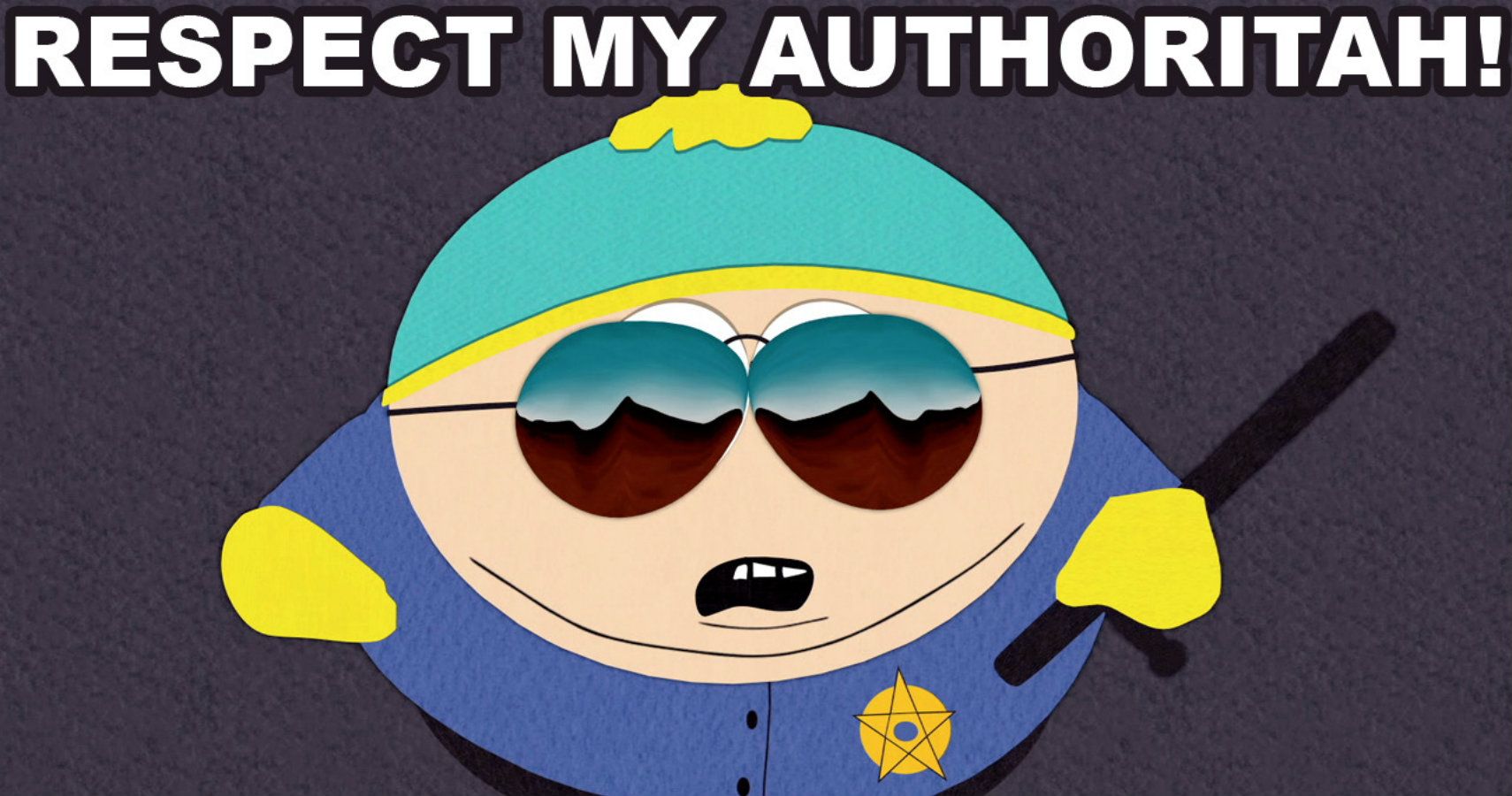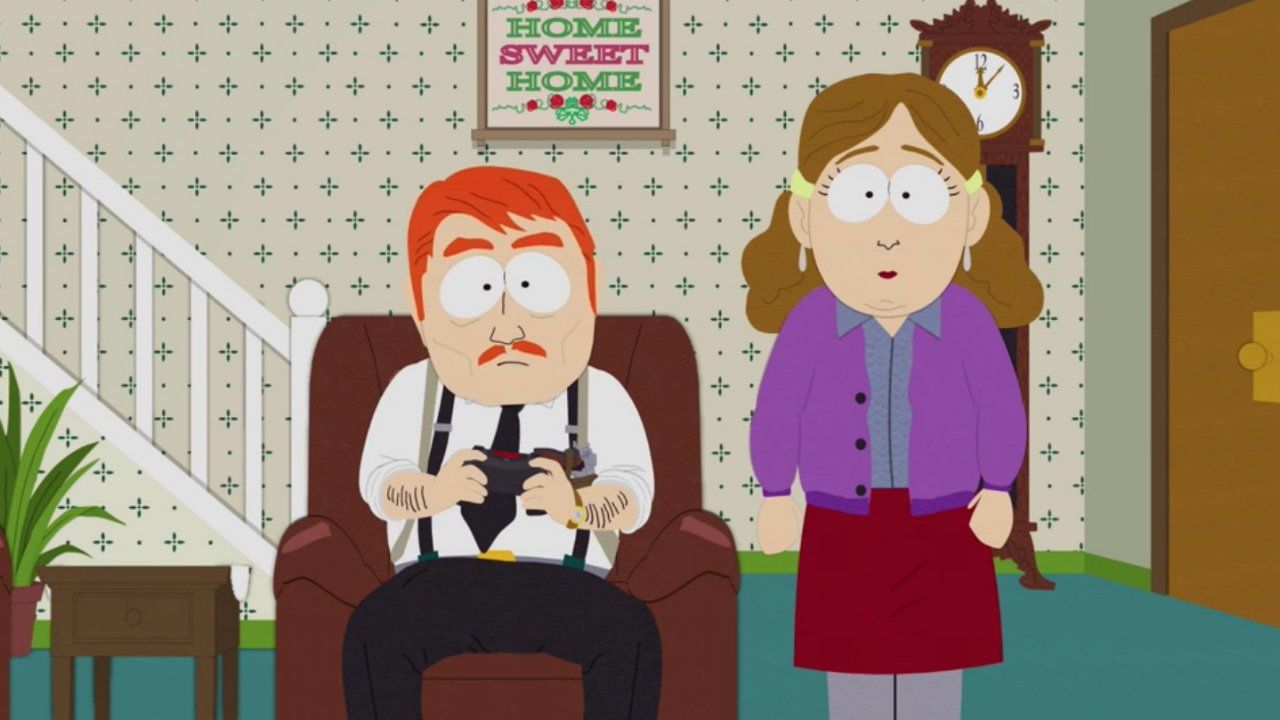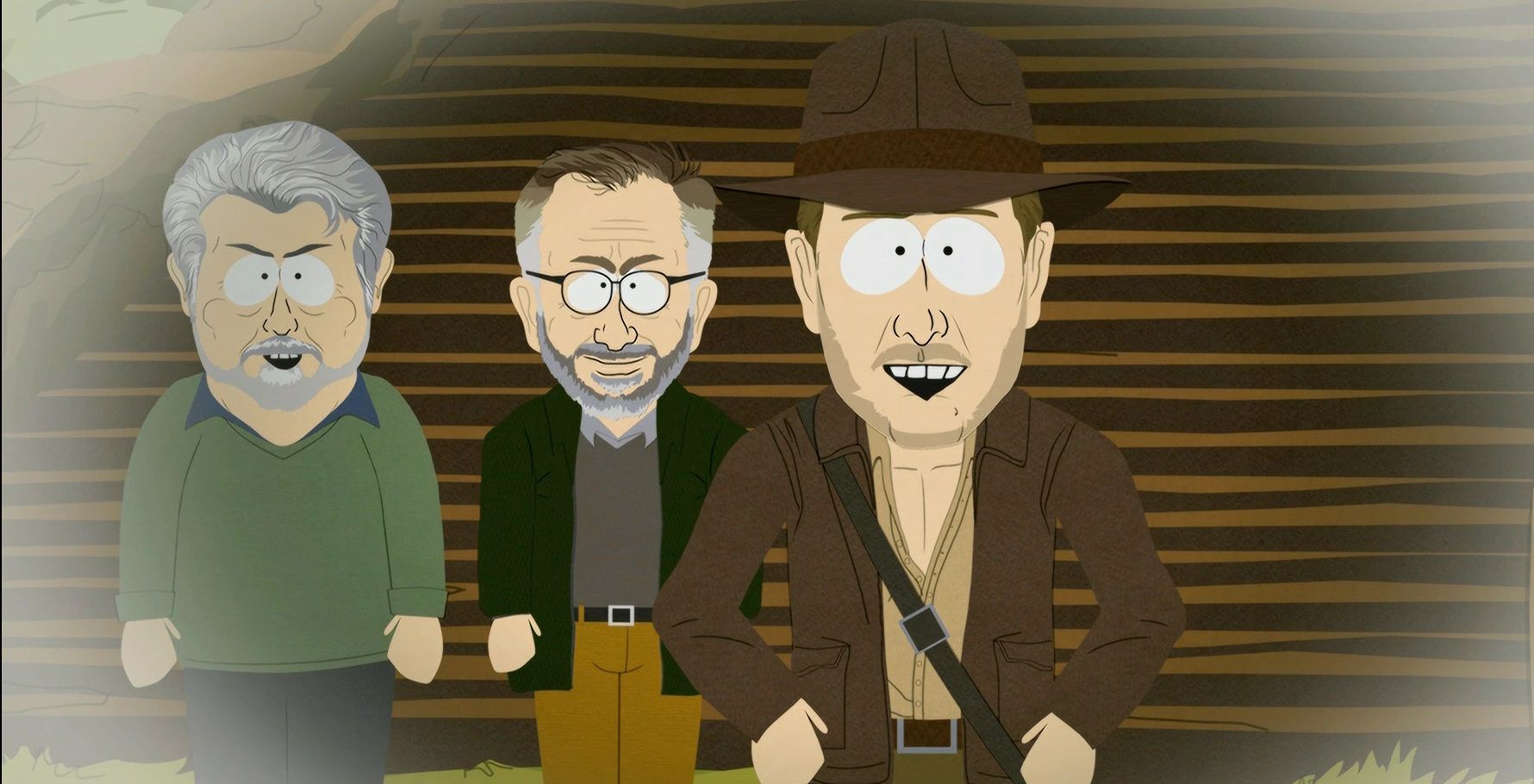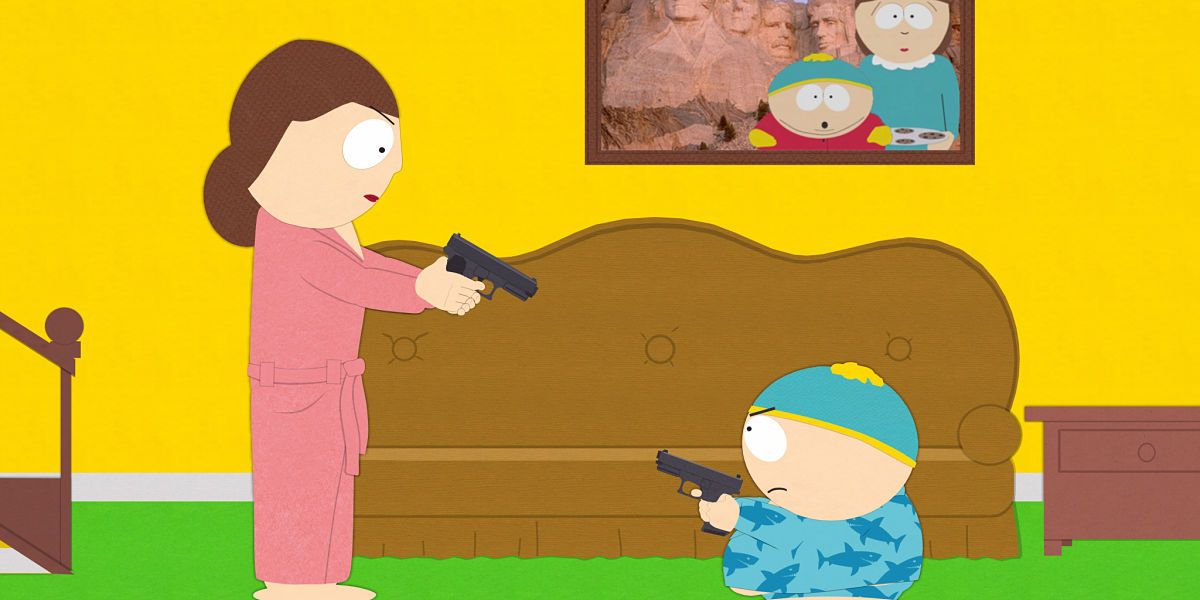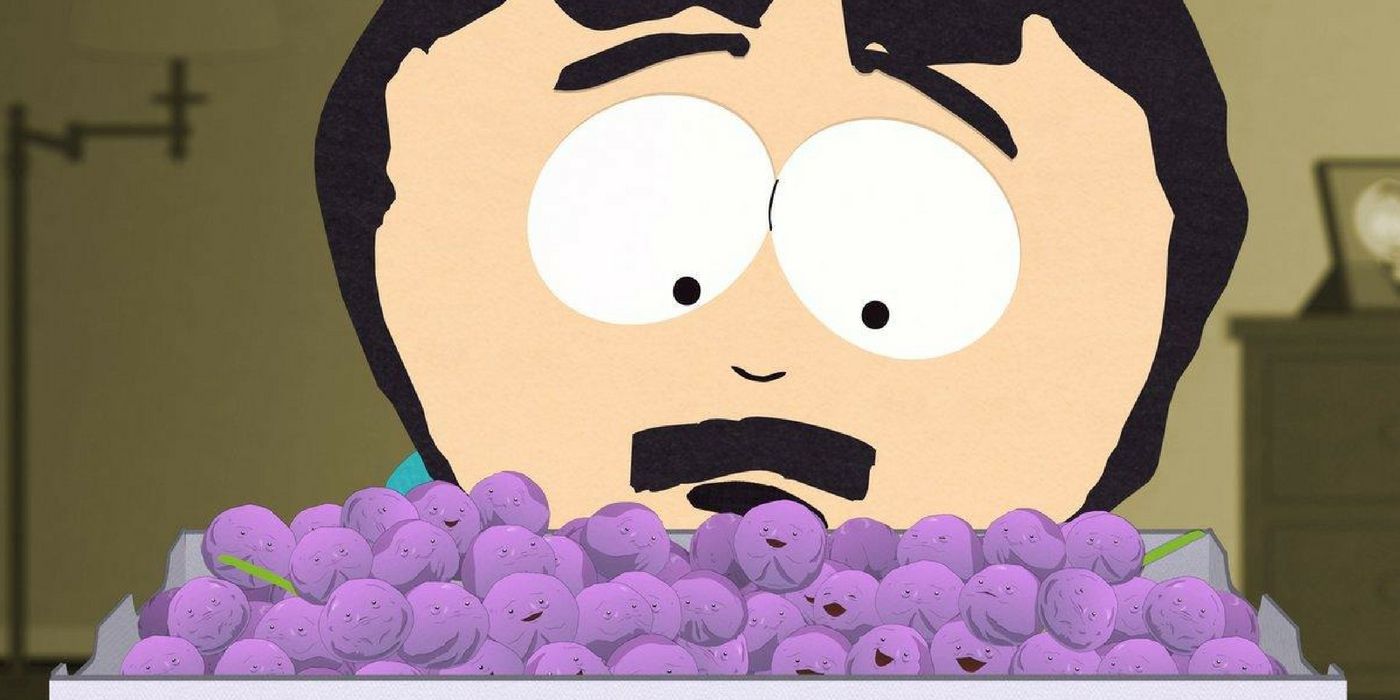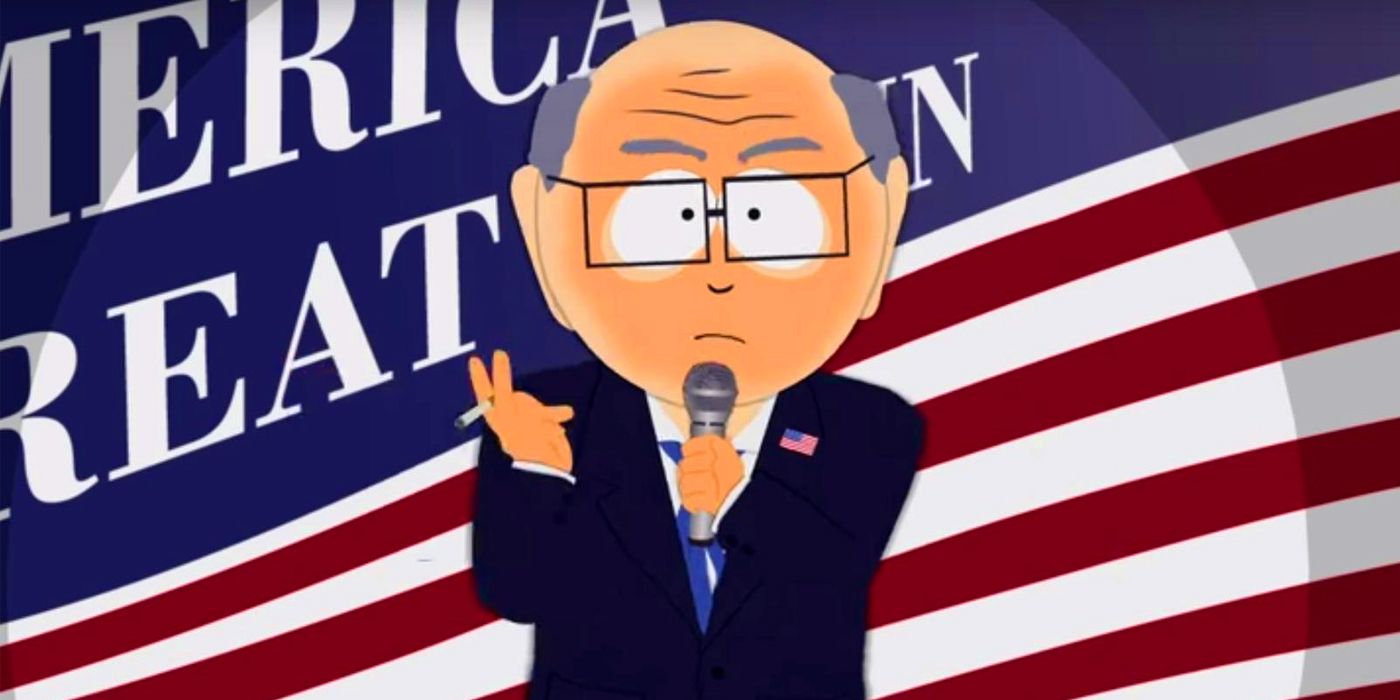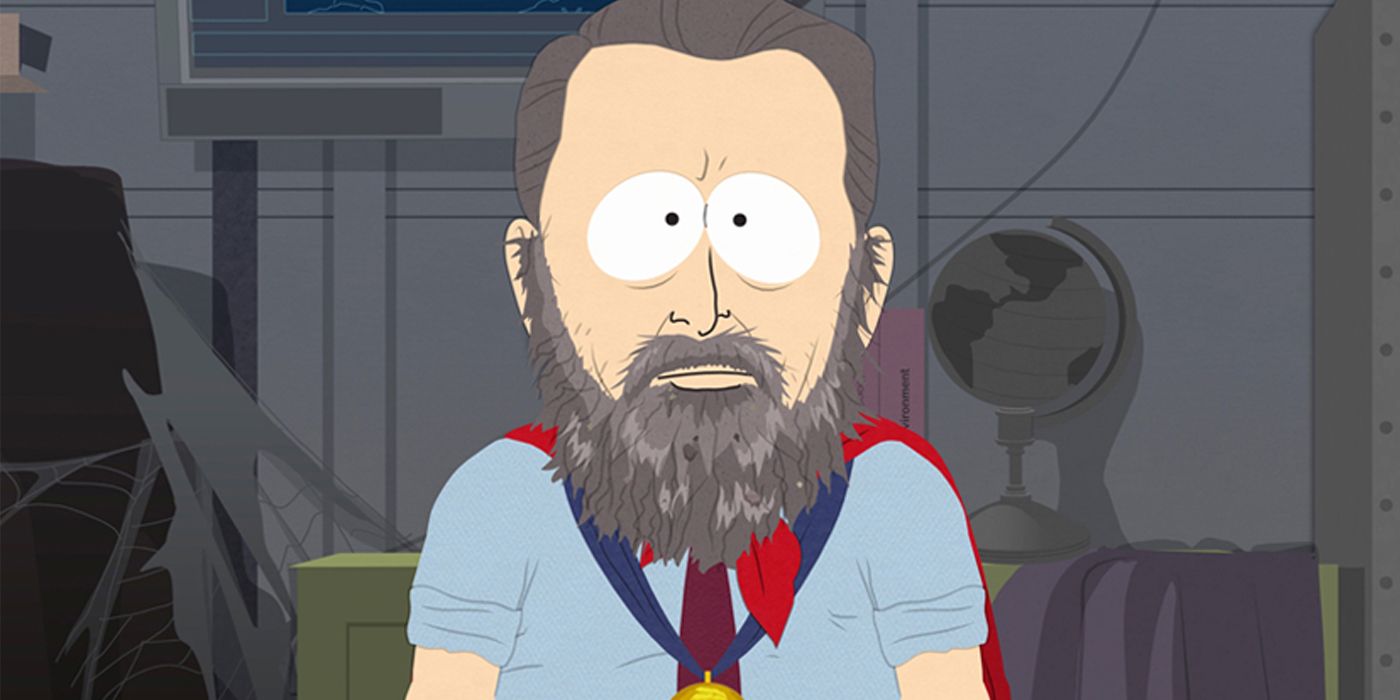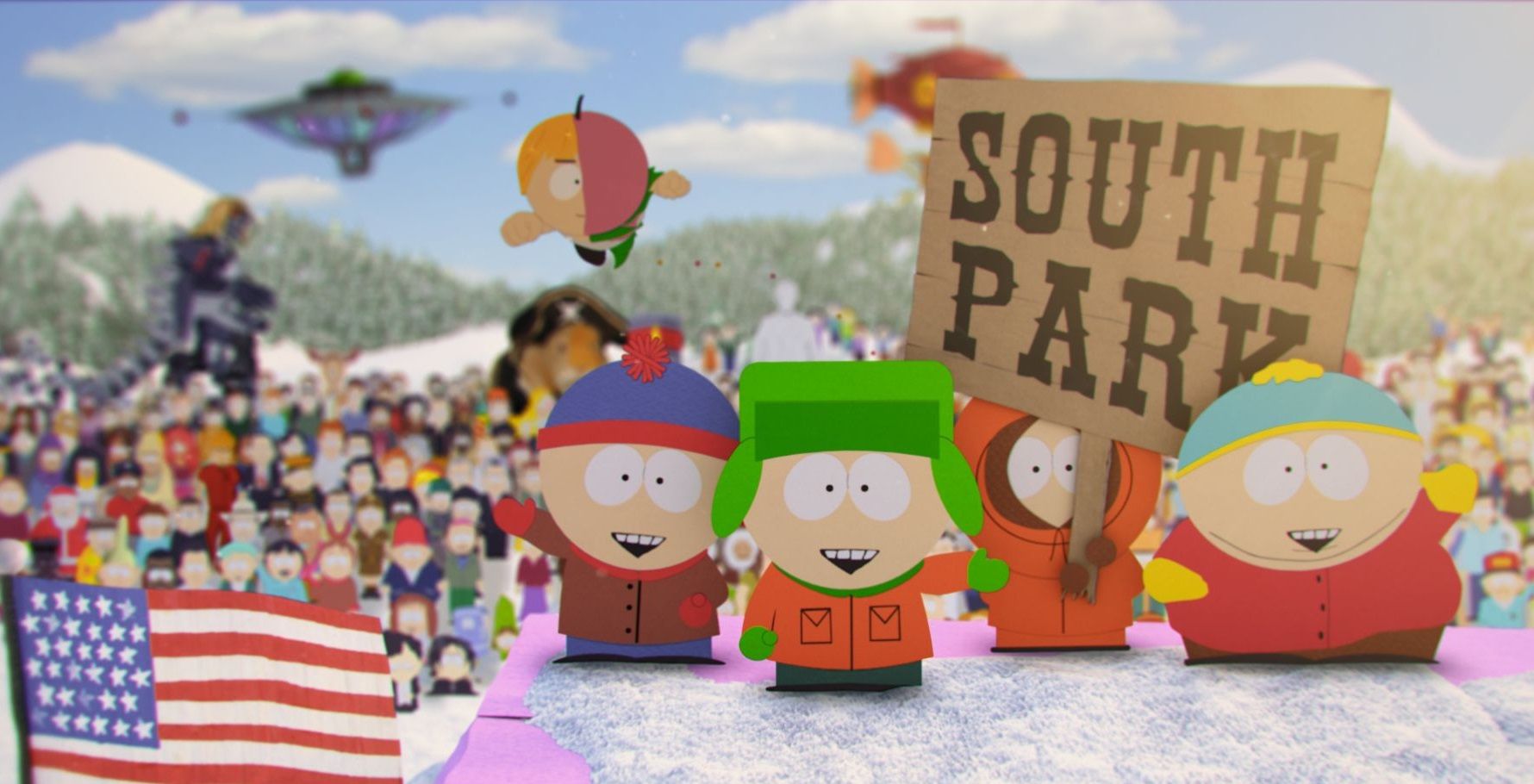South Park has been on the air now for over two decades, with 22 seasons under its belt, and so naturally, it’s not the same show today that it was in 1997. Back then, it emerged onto the scene as the funniest, freshest, and most offensive animated comedy on television.
Obviously, it’s tough to remain funny, fresh, and offensive if you keep doing the same stuff over and over again, so series creators Trey Parker and Matt Stone have had to keep upping the ante to keep ahead of the game. Here are 10 Ways South Park Has Changed Since Season 1.
10. Kenny doesn’t die in every episode anymore
It used to be that in every episode of South Park, Kenny died. Stan and Kyle would say, “Oh my God, they killed Kenny! You b*****ds!” And in the next episode, Kenny would miraculously reappear without explanation. By the fifth season, series creators Trey Parker and Matt Stone experimented with the idea of permanently killing off Kenny, so they did an episode called “Kenny Dies.”
After that, for the whole sixth season, Kenny was absent, and then in the season 6 finale, he reappeared – again, without explanation. Since then, he hasn’t died in every episode, although his miraculous ability to resurrect was explained as his superpower when he became the masked vigilante Mysterion.
9. Cartman doesn’t use his catchphrases anymore
Eric Cartman became a cultural icon within days when South Park first premiered. He used to utter all kinds of catchphrases, like “Screw you guys, I’m going home!” and “I’m not fat, I’m big-boned!” and “That’s a bad Mr. Kitty!” and, less frequently, “Respect my authorit-ah!” However, in more recent years, he hasn’t been saying them as often – if at all.
If he does use his catchphrases, it’s as a call-back – it’s not an ingenuous part of the dialogue. This is probably because catchphrases were the big thing back in the ‘90s, whereas they’ve become less popular in the 21st century.
8. Detective Harris replaced Officer Barbrady as the show’s go-to cop character
In season 1, there was only one police officer in the town of South Park, Officer Barbrady, and he was bumbling and incompetent and had the mind of a child. In more recent seasons, however, we’ve seen the whole South Park police force at work. And if a storyline requires a cop character, Detective Harris is used instead of Officer Barbrady.
Harris is arguably the better character, as he has the veneer of a competent detective, but is actually just as dumb as Barbrady. Plus, he’s more in line with the public’s modern opinions on the police. The police’s brutality and racial profiling suit Detective Harris better than Officer Barbrady.
7. Cartman’s voice sounds less harsh
Trey Parker has said that to voice Cartman, he does the same voice that he does for Stan while “adding a lot of fat to it.” However, he has softened Cartman’s voice over the years. He found after a couple of seasons that doing the voice made his throat hurt, so he slowly fazed out the harshness of it.
Cartman’s voice also changed after the season 3 episode “The Red Badge of Gayness,” which revolved around a Civil War re-enactment. After recording Cartman’s voice with a Southern accent added to it in that episode, Parker found the twinge tough to shake off.
6. The humor is way more offensive
South Park has always been controversial for its offensive humor, but Trey Parker and Matt Stone have never gone out of their way to be offensive or provocative. After the first season aired, the Parents Television Council said it “shouldn’t have been made,” and that “it doesn’t just push the envelope; it knocks it off the table.”
However, if you watch a recent episode and then go back and watch a season 1 episode, you’ll see that the humor in the recent episodes is far more offensive than the humor in season 1. Once they’d knocked the envelope off the table, they just continued pushing it along the floor to top themselves.
5. The humor is way more current
The storylines of earlier South Park episodes aren’t very biting or satirical. They could’ve been made at any time and followed pretty generic sitcom plots, like Cartman goes to juvie or Stan gets a creepy new goldfish. However, these days, the episodes are made much closer to their air date and this is used to make the humor a lot more current.
It dates the episodes slightly, but you can still rewatch them a couple of years down the line and remember their satirical target being in the news. For example, in 2014, they did an episode about the Ebola crisis, and in 2013, they did an episode about the George Zimmerman trial crossed with a parody of World War Z.
4. They do serialized storytelling now
A couple of seasons ago, South Park started doing serialized storylines. Each episode had a new plot and tackled a new subject in a satirical way, but there was an overarching theme in each season. There have been season-long storylines about political correctness and trolling.
The season 20 finale acknowledged that this experiment had not reaped the best results with the title “The End of Serialization as We Know It.” But there are still serialized elements in the newer seasons, with Randy buying a weed farm in the back end of the last season, as well as a running joke where there’s always a school shooting taking place at South Park Elementary.
3. Mr. Garrison is now the President
Mr. Garrison has undergone a lot of changes over the years. In season 1, he was a ladies’ man. A couple of seasons later, he came out as gay. A couple of seasons after that, he identified as a woman. A couple of seasons after that, he came out as a lesbian. A couple of seasons after that, he re-identified as a gay man.
The eventual form he has taken is South Park’s caricature of the President. It’s possible that the show’s writers didn’t expect the candidacy to go very far, since it began as a one-off theme for an episode in which they literally say that candidates who make people laugh sneak into office before you know it, and now, he’s been the show’s President for four years and counting.
2. The episodes are produced the week they air now
The first season of South Park had 13 episodes, the second season had 18 episodes, the third season had 17 etc. Trey Parker and Matt Stone used to produce those episodes over the course of the hiatus following the previous season. However, their production process has changed drastically since then.
Now, each season consists of 10 episodes with no midseason break and they write and produce every episode in the week that it airs. They have six days from the last episode to make the next episode. This sometimes leads to “dark weeks” in which no new episode airs, because they couldn’t get it together in time or there was a power cut in the office.
1. The boys don’t “learn something” at the end of every episode anymore
At the end of every episode, one of the boys used to say, “You know, I learned something today,” and launch into a whole speech. Based on the events of the episode, they would’ve learned a valuable lesson about the ethics of whatever the episode was about.
The quote was so well-known that it was used as the subtitle for the brilliant book South Park and Philosophy: You Know, I Learned Something Today, the first installment in Blackwell Publishing Company’s Philosophy & Pop Culture series. But it’s been a long time since the boys “learned something” at the end of an episode. It could be because the episodes don’t tell their own standalone stories anymore.

